Ik vertel dit keer graag enkele highlights van een uitgeefcongres. Een congres waar vooral uitgevers rondlopen, maar waar zeker ook de bibliotheekwereld vertegenwoordigd moet zijn.
Maria and I attended this publishing conference in Berlin. After an overview of the universities in the 21st century on the first day (Tuesday) we started of with a technical presentation of the semantic web. Via a model of resources, properties and statements a computer is capable to link pages together that have a similar meaning. Web 3.0 is adding the semantic web and the service web to the social web. We are not only connecting people and information, but are also creating and sharing knowledge. From the Max Planck Digital Library we hear the status of SCOAP-3 (a CERN project) and SOAP (study of open access publishing), a study that will reveal its results in February 2011. Travis Books, from SLAC, tells about SPIRES, turning itself to Inspire: where repositories, scientists and publishers meet. A typical success story, where the high-energy physics community gets a sort of DIScover access to both preprints, journal articles and institutional repository material. In the afternoon usage statistics are on the programme. People from CIBER, CWTS and COUNTER tell about a link between research output and increased online access, the “game” playing with impact factors, and the need for combined statistics of journals and institutional repositories. Quote of the day: “Europe has a broad research base, but lacks excellence”. I just realize on the flight back that I am writing in English, so I continue doing so. Sorry!
 |
|
| En dit kom je dus nog tegen in de buurt van Checkpoint Charlie. Bewust neergezet trouwens. |
Interesting stuff today (Wednesday January 21). In Ljubljana the initiative Video lectures (.net) now has 700000 unique visitors per year – MIT OpenCourseware is also joining them. The Helmholtz organization is just about to launch its first journal issue (ESSD) with Copernicus Publications, with ozone data: having a publication medium gives the authors a reward for depositing their data, and quality assurance is also arranged via peer review. Another challenging development was from the American Physical Society, together with ViewPlus Technologies, about making the content of one of their journals (with a lot of maths and graphs) accessible for the blind and visually impaired. After this session on technology, the publishers took the floor, and Springer, Elsevier and Swets (as subscription agent) presented quick overviews of their initiatives in the past years and a, though quick, snapshot of their plans. Springer’s MyCopy was new for me – if your institution holds the e-books collection, you can purchase an “on-demand” print for 25 USD. Noteworthy: they found that their e-book chapters are more popular than their journal articles. Elsevier showed their “resource performance visualiser”, with which universities and institutes can quickly assess their position amongst other related institutes and researchers. Finally, and in good detail, we were told by Google and the Author Guild about their about-to-be-finalized Book Search settlement (booksettlement.com): Google is authorized to scan, index & make non-display uses for all books …. Well, that is to say, rightholders have a choice whether they agree their book(s) to be included, a special Books Rights Registry will be established, diverse access models are developed, and is the settlement is restricted to books in US libraries, published before January 2009. Quote: “Make books as easy to find as webpages“.
Blog views as per June 25, 2013: 2443. After that date post was migrated to this new url.
